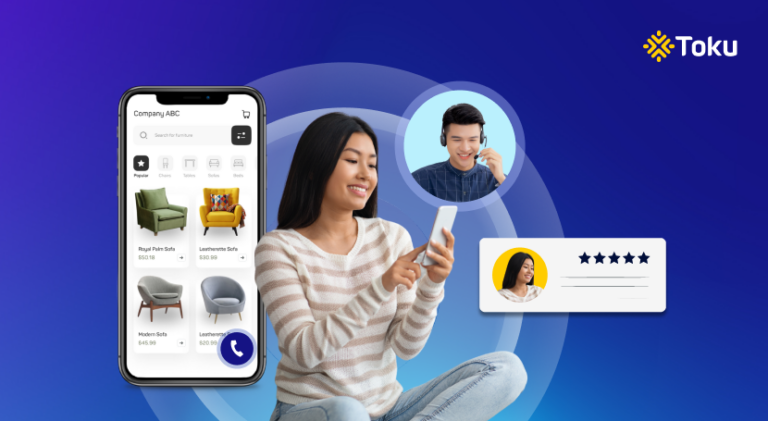Join Bhavin Mehta of Zenyum on CX Unlocked as he reveals how to deliver personalised, frictionless customer experiences while scaling across Asia. Explore the role of AI, empathy, and localisation in crafting CX excellence.
It’s easy to think that telephone communication has had its day. But not when it comes to customer support.
In fact, it’s a damaging misconception that leaves your customers out in the cold if you decide to abandon telephone support.
Omnichannel support doesn’t mean that telephony is dead
As everyone moves towards digital communications and we become more at home in the omnichannel, it’s easy to make the mistake of neglecting voice communications and phone support.
Anyone who’s anyone is offering more and more automated and text-based customer interactions – chatbots, instant messaging, social-media, etc. But you can’t rely entirely on your website chatbot, or WhatsApp and Facebook.
Why? Because people still want human-to-human voice interaction.
For many customers it’s just easier. Not everyone likes typing out queries and answers. It can be more time-consuming and frustrating than just having a quick chat with someone over the phone. Also, talking to a real, live human being helps to reassure customers that their issues will be resolved.
Voice-based customer support is still the preferred channel for customer support and research backs this up. A recent survey revealed that 76% of people prefer to ring customer support by telephone rather than using other channels.
Today, voice is still the most personal manner of doing customer support. It maintains the human factor in customer interactions, which is very much needed to make the customer feel heard and avoid frustration. In deep, complex or sensitive interactions, a person will feel more reassured talking directly to a human and hearing their voice.
The programmable voice calling revolution
Just because telephone support is still popular with customers, doesn’t mean you have to rely on old-school PSTN networks. Things have evolved in recent years.
These days, you don’t need to make calls on landlines or even over mobile phone networks. Voice over Internet Protocol (VoIP), has taken up the mantle. In other words, making and receiving calls over the internet is becoming the new normal.
VoIP is used in a number of different ways, including:
- Click-to-dial on websites – Brands include an option on their website that allows customers to simply click a button that places a phone call to customer support.
- In-app calling – Provides a seamless way for customers to remain inside a brand’s app and contact customer support at the same time. This provides a very secure way of communicating by voice as the customer knows for sure that they are talking to genuine people and not a scammer and the company knows the details of the customer they are talking to as well.
- In-platform calling – In a similar way to in-app calling, in-platform calling allows users of a particular piece of software to communicate with customer support without leaving the platform.
Making it personal – combining channels
In today’s highly connected world, people expect personalisation. Customers want to use their preferred choice of communication channel or channels. They also demand convenience and efficient service, which means they don’t want to wait while an agent looks up information from another source. In other words, they expect customer support agents to have information at hand for a more personalised experience.
Customer support call centre agents also expect a seamless working experience in which they can access all the data and information they need while communicating with customers.
Integrating CRM with communications, using methods such as embedding voice calling and cloud telephony within platforms like Salesforce or MS Teams, helps businesses to offer a much more personalised service.
Voice calling still remains the most popular channel for customer support and transactions, but merging it with other channels creates the best possible scenario for both customers and service agents. Customers and staff can easily switch between channels when there is seamless integration and each channel plays an important part in the customer journey.
For example:
- Online contact form or chatbot – The first point of interaction for many customers these days is text-based through the brand website.
- Email – Once the initial communication has been established, an email is sent out and a correspondence may ensue.
- Live chat – Instant messaging can be incorporated on a brand’s website and can be integrated with a chatbot.
- Social media – More and more customers are accessing support through social media channels such as Facebook and Twitter.
- SMS – Text messaging support is a popular way to request and receive basic support.
- Voice calling – As mentioned, voice calling remains the most popular and convenient way to get customer support. It is often much easier and quicker to explain issues and talk about solutions by voice than text.
As you can see, the customer journey tends to flow from brief text-based interactions initially, which acts as a filtering stage, before moving on to voice or telephone support.
 Nora Huin
Nora Huin 



 Beatriz Ruiperez
Beatriz Ruiperez 